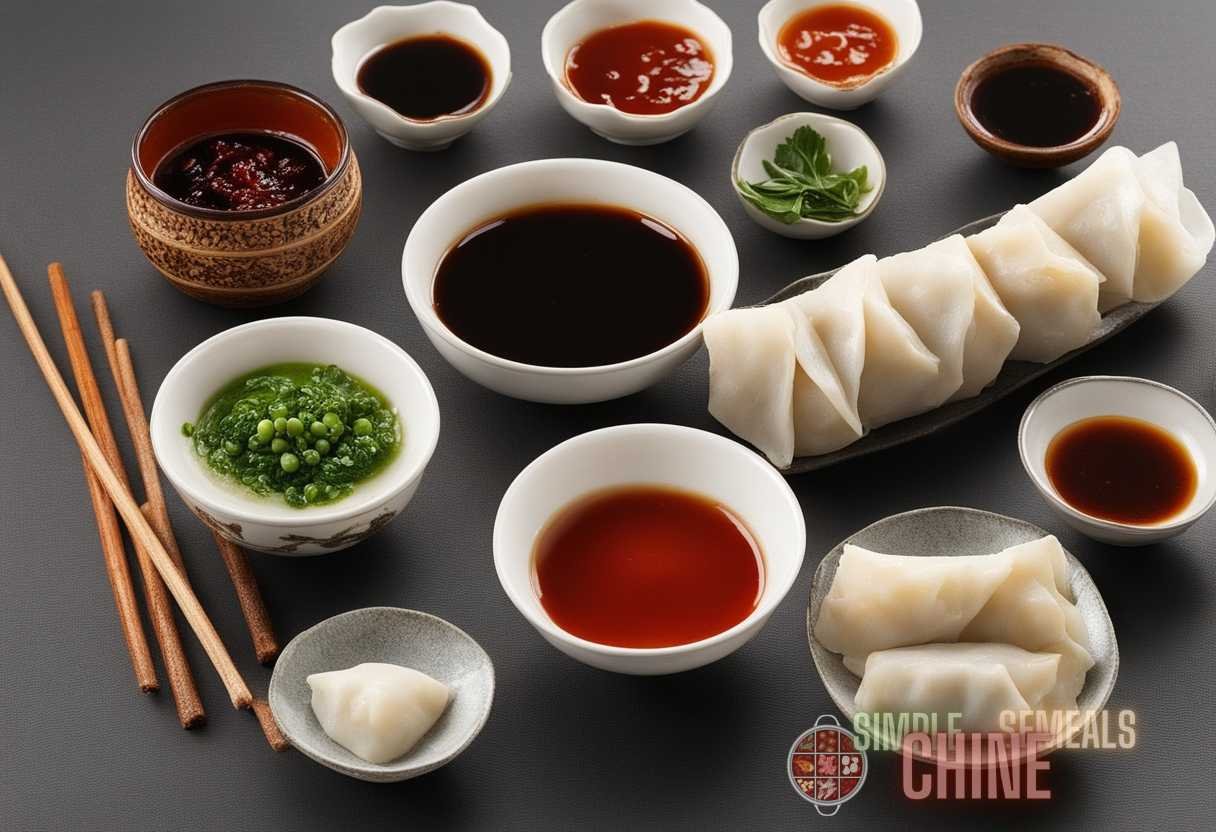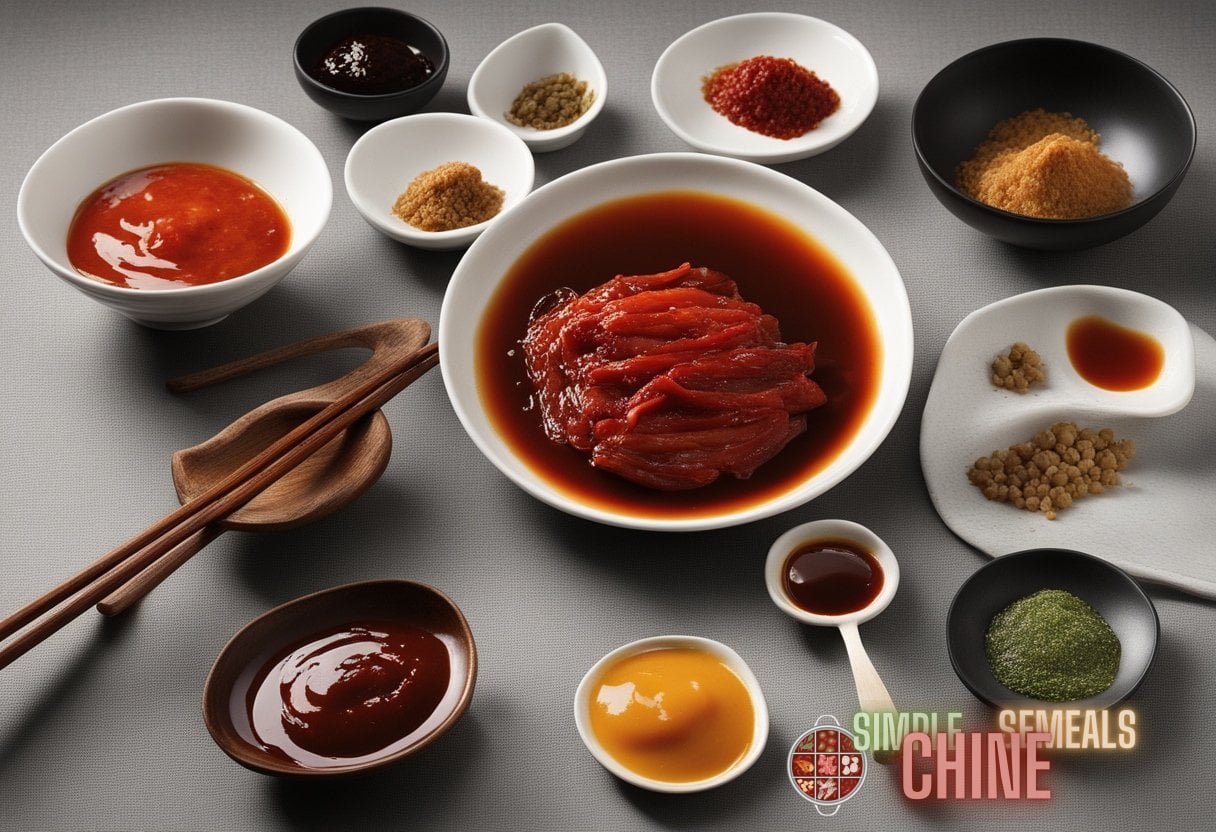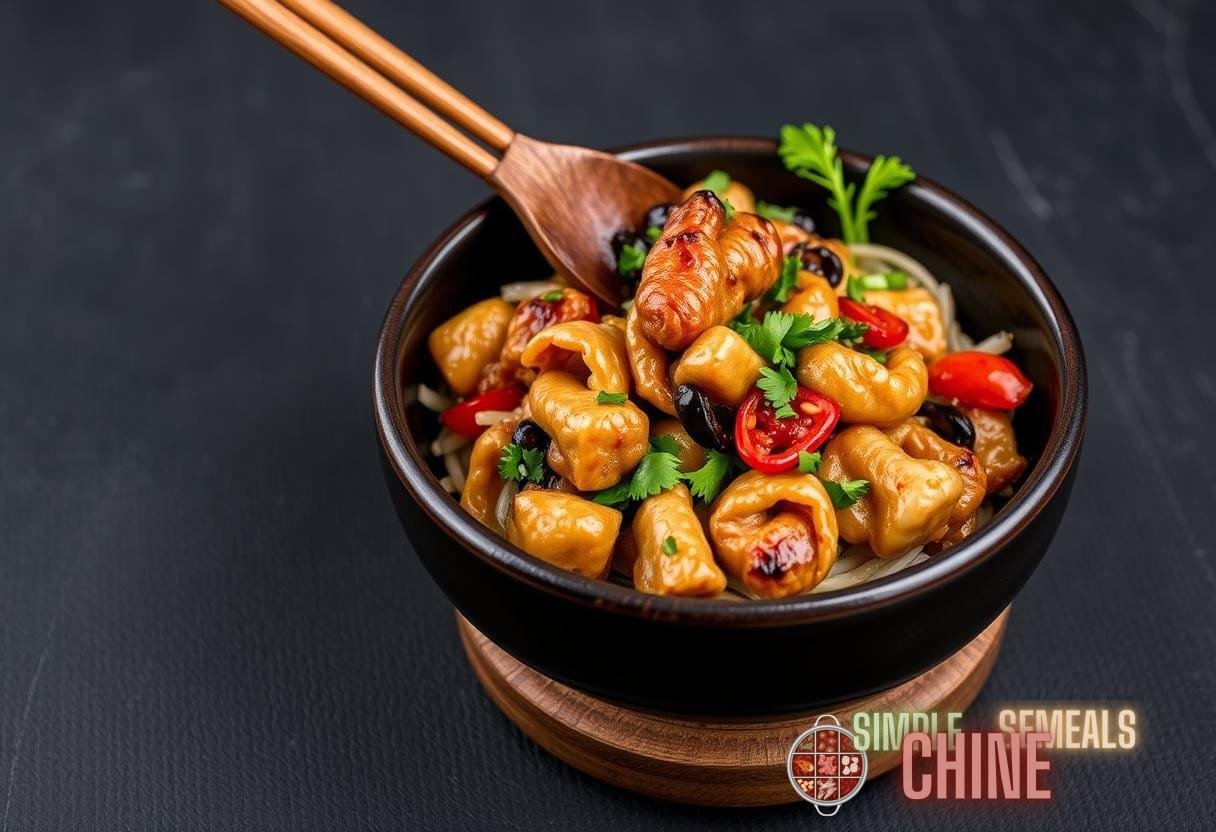Decoding the Science of Perfecting Chinese Sauces: A Delectable Guide to Consistency and Flavor
Decoding the Science of Perfecting Chinese Sauces: A Delectable Guide to Consistency and Flavor
Mastering Chinese cuisine, specifically saucemaking, is an art that intertwines tradition and science. The distinctiveness of Chinese sauces lies in their depth of flavor and the perfect consistency that complements various dishes seamlessly. By understanding the science behind these sauces, you can recreate authentic tastes and textures at home.
The Importance of Sauce Consistency in Chinese Cuisine
Consistency is crucial in Chinese sauces. A sauce too thick can overpower a dish, while one too thin may fail to coat the ingredients adequately. The ideal consistency ensures a harmonious blend of flavors, enhancing the overall dining experience.
Key factors influencing sauce consistency include:
- Starch Content: Starches like cornstarch or arrowroot are often used to achieve the desired thickness.
- Boiling Point: Controlling the boiling temperature can affect the viscosity of the sauce.
- Cooling and Rehydration: Sauces can change consistency as they cool, absorbing more moisture if necessary.
The Science of Flavor Complexity
Chinese sauces are celebrated for their complex flavor profiles, consisting of sweet, sour, salty, bitter, and umami notes. Achieving this balance requires a precise combination of ingredients and cooking techniques.
Primary sources of flavors:
- Soy Sauce: Adds umami and saltiness.
- Rice Vinegar: Contributes acidity and a touch of sweetness.
- Sugar: Balances sourness and bitterness.
- Chili Peppers: Introduces heat and a hint of bitterness.
- Garlic and Ginger: Enhance overall flavor with their aromatic qualities.
Additional flavoring agents:
- Sesame Oil: Provides a rich, nutty flavor.
- Five Spice Powder: A blend of star anise, cloves, Chinese cinnamon, Sichuan peppercorns, and fennel seeds, offering an aromatic depth.
- Hoisin Sauce: Adds sweetness and complexity with fermented soybeans.
Techniques for Perfecting Chinese Sauces
From stir-frying to simmering, the cooking technique significantly impacts the final product. Here’s a closer look at some essential methods:
Stir-Frying
Stir-frying is a quick-cook method that locks in flavors while maintaining ingredient integrity. Sauces are typically added towards the end to coat the meat and vegetables evenly without overcooking them.
Tips for Stir-Frying:
- High Heat: Ensures quick cooking and prevents ingredients from becoming soggy.
- Continuous Stirring: Helps distribute heat and sauce uniformly.
- Sequential Adding: Adding ingredients based on their cooking times ensures everything is perfectly cooked.
Simmering
Simmering is essential for thicker sauces, allowing flavors to meld and concentrate over low heat.
Tips for Simmering:
- Consistent Temperature: Keeps the sauce from burning or separating.
- Frequent Stirring: Prevents ingredients from sticking to the pan and ensures even flavor distribution.
- Reduction: Allows the sauce to thicken naturally by evaporating excess liquid.
Using Cornstarch Slurry
For dishes that need a silky-smooth texture, a cornstarch slurry can be your best ally. This technique involves mixing cornstarch with a small amount of cold water before adding it to the sauce. The slurry thickens the sauce without clumping, yielding the desired smooth consistency.
Tips for Cornstarch Slurry:
- Proper Ratio: Typically, a 1:2 ratio of cornstarch to water works best.
- Gradual Addition: Slowly introduce the slurry to the simmering sauce to avoid lumps.
- Constant Stirring: Ensures consistent thickening and prevents unevenly cooked cornstarch.
Essential Chinese Sauces and Their Uses
Understanding the variety of Chinese sauces and their applications can enhance your cooking repertoire. Here are some staple sauces and their culinary roles:
Soy Sauce
Soy sauce is perhaps the most iconic Chinese condiment, integral to both seasoning and marinating. Its umami-rich profile makes it a versatile ingredient for various dishes.
Uses of Soy Sauce:
- Marinating Meats: Breaks down proteins and infuses umami flavor.
- Dipping Sauce: Common for dumplings and spring rolls.
- Base for Stir-Fry Sauces: Combined with other ingredients for a cohesive stir-fry sauce.

Oyster Sauce
Oyster sauce brings depth and sweetness, derived from oysters. It’s commonly used in Cantonese cuisine.
Uses of Oyster Sauce:
- Stir-Fries: Adds a caramelized, rich flavor.
- Vegetable Dishes: Enhances the natural sweetness of vegetables.
- Glazing Meats: Provides a shiny, flavorful coating.
Hoisin Sauce
Hoisin sauce is known for its sweet and savory balance, often employed in Peking duck and moo shu pork.
Uses of Hoisin Sauce:
- Glazes: Perfect for ribs and roast meats.
- Dipping Sauce: Pairs well with fresh rolls and fried appetizers.
- Stir-Fry Sauces: Adds complexity to meat and vegetable stir-fries.
Black Bean Sauce
Black bean sauce is fermented and offers a robust, savory taste suitable for hearty dishes.
Uses of Black Bean Sauce:
- Seafood Dishes: Complements strong flavors like those of shellfish and fish.
- Pork and Beef: Enhances the flavor of red meats with its strong umami notes.
- Stir-Fries: Adds depth to quick-cooked meals.
Common Mistakes to Avoid
While perfecting Chinese sauces, avoid these common pitfalls:
Over-Thickening
Using too much cornstarch or similar thickening agents can make the sauce overly viscous, masking the flavors of your dish.
Not Tasting While Cooking
Tasting at various stages can help balance flavors effectively. Neglecting this can lead to imbalanced sauces.
Ignoring Ingredient Compatibility
Some ingredients don’t mesh well together. Avoid combinations that clash instead of complementing each other.
For more on avoiding such mistakes and other culinary insights, check out
Prepping sauces in advance can save time and let flavors meld beautifully. Here’s how: Storage Tips:
Making Chinese Sauces Ahead of Time
Importance of Fresh Ingredients
Using the freshest ingredients ensures the highest quality in taste and nutrition. Stale or old spices and vegetables can dull the flavors of your sauces.
Conclusion
By understanding the scientific principles and culinary techniques behind forming and perfecting Chinese sauces, you can elevate your cooking to new heights. Embrace the balance of consistency and flavor, experiment with different ingredient combinations, and avoid common mistakes to create your versions of authentic Chinese sauces.
For further detailed steps and advanced culinary secrets, feel free to explore this extensive guide.
Unlock the true potential of your Chinese dishes by mastering the art and science of perfecting Chinese sauces. With practice and this comprehensive guide, your culinary creations will undeniably captivate every palate.



